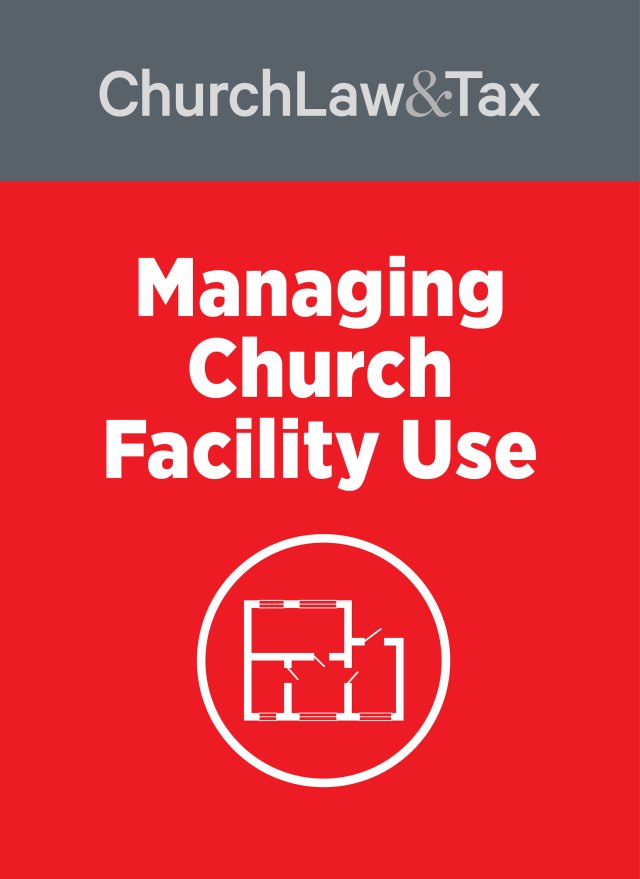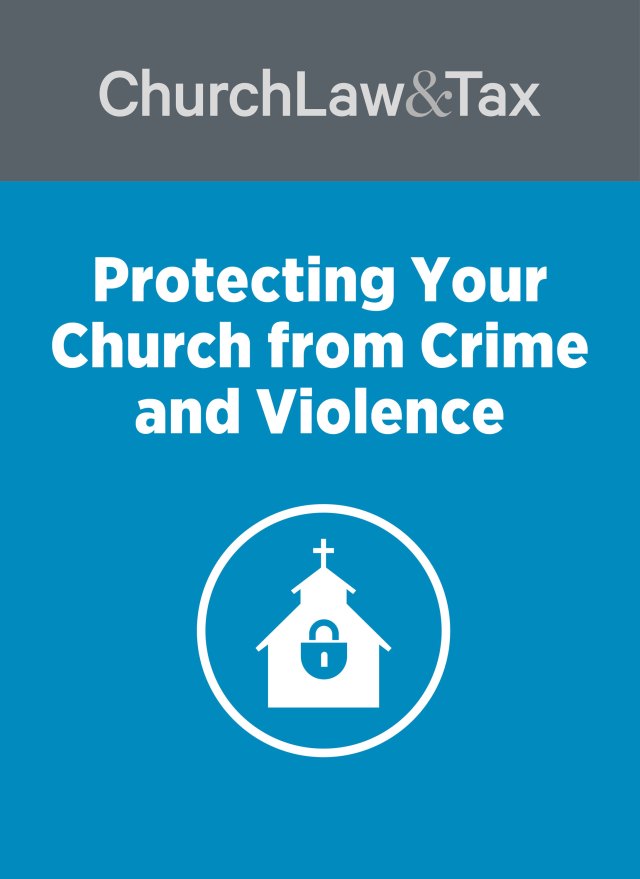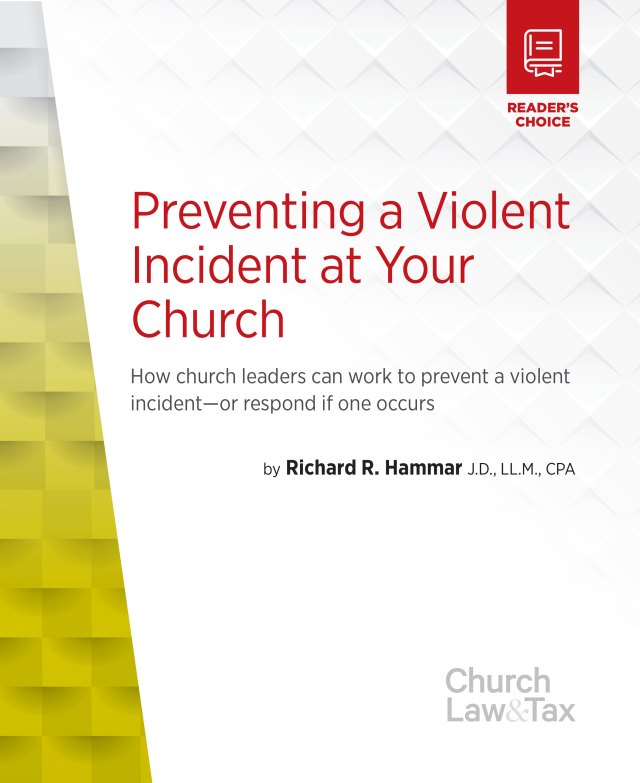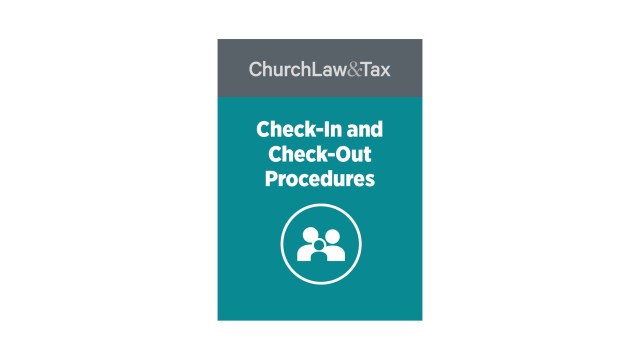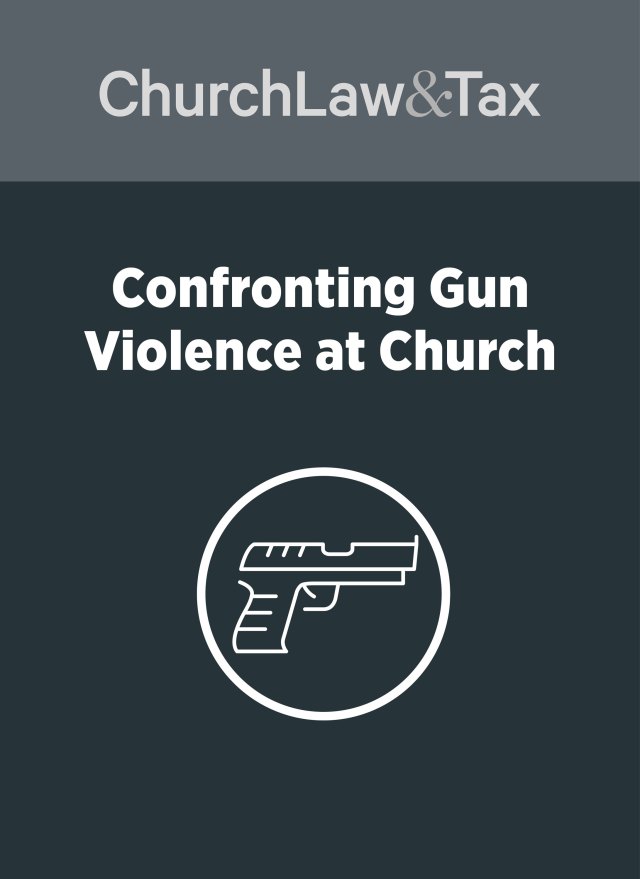Aesthetics and acoustics used to be the cornerstones of church construction. Today, these concepts are still important, but rising crime rates have added another one: security.
Not long ago, a pastor noticed one of his church’s four-wheeled dollies had been loaded with expensive sound equipment and was sitting beside a propped-open door. When he looked out the door, a van abruptly sped away. This happened on a normal weekday, while church employees were in the building.
Criminals would find it just as easy to walk into the average church office on a weekday, hold a weapon to a staffer’s head, and start making demands.
The days of confidently unlocking the church in the morning and leaving it open all day have passed—if they ever truly existed. If you’re planning to remodel, expand, or even build a new church building, it’s time to make some design decisions that can improve the safety of the people around you and protect the assets you steward.
Access Control
Limiting entry to your building is one of the most basic elements of church security, and you have many ways to do it. Your options range from simple deadbolt locks to electronically controlled access systems.
Locks are the most common option. They’re affordable, easy to install, require little maintenance, and are pretty effective at keeping people out. However, users can compromise their effectiveness by hiding keys outside the building or distributing keys without a monitoring system. One costly drawback is that a locksmith must re-key the whole building if a key is misplaced, lost, or stolen.
For best results, your church should limit key distribution. By placing an identifying serial number on each key, you can track who has which one. When someone leaves your organization, make sure that person returns the same key that you gave him or her.
Electronic systems are becoming popular with churches because they provide more flexibility than locks. They’re costlier and more complex to install, but they come with a wide variety of options that can help to justify their expense.
For example, you can program the system to limit admission to certain sections of a building at certain times of the day. You can make some parts of the building, such as the office area, accessible only to people who hold a certain key card or know a special password. In addition, you can cancel a lost or missing key card instantly without rekeying an entire building.
Zone defense
Theft is no longer a crime committed only in the dark of night. Today’s thieves are brazen enough to walk into a church during business hours or during an activity, gather the items they wish to steal, and then calmly make their getaway.
Design your building so that it can be locked in zones to provide secure havens for the staff people inside throughout the week. For example, you can allow visitors access to a lobby area but lock the office suite and remainder of the building. This gives you time to determine a visitor’s intentions before allowing him or her access to other parts of the facility. Another option is to lock the main doors and give your secretary the ability to “buzz” visitors in after screening them using an intercom and video monitor.
You’ll want to protect areas that are highly valued or are susceptible to vandalism. Your school or nursery areas also require enhanced protection. For nurseries, create a check in and check out area that will impair someone from forcibly removing a child from the church or school’s custody.
Finally, consider providing a secure location for counting church offerings. While most cash control measures are procedural, this is another area in which a church’s design can improve security. If a school for criminals existed, one of the primary lessons would be that churches collect money on Sundays and Wednesdays.
Fire Safety
When securing your building, don’t compromise fire safety. Equip exit doors with crash bars instead of deadbolts, so that people can leave the building quickly in an emergency. You may wish to consider crash bars that set off an audible alarm when someone pushes them, so people won’t prop doors open and defeat your security efforts.
Security Alarms and Video Cameras
In today’s climate, experts often recommend a professionally installed, monitored, and maintained security system to protect your buildings. With central station monitoring, your building is under watch 24 hours a day, 365 days a year. When your system senses an emergency, a signal goes directly to the monitoring station. Trained professionals identify the signal—such as a burglary or other emergency—and notify you and the proper authorities.
For an added layer of protection, you can also install video cameras. These are valuable for a number of reasons. Not only do they allow staff to view target areas of the property, but they can also record valuable information that can help law enforcement apprehend and convict criminals. Today’s cameras are small enough to be hidden inside exit lights, so they don’t draw attention to themselves or detract from your church’s appearance.
Make Security Your Cornerstone
Many people treat churches with special respect. However, some criminals intentionally pursue ministries because they perceive them to be easy targets. As a result, churches and related ministries are not exempt from the criminal elements facing any other organization. While you cannot hope to avoid all possible threats, there are many things you can do to minimize them, starting with basic church design. Make security the cornerstone of your building and you can help protect the people in your ministry and the assets in your care.
To learn more about how to build a safe church, purchase the downloadable resource Building with Safety in Mind, available on ChurchLawAndTaxStore.com.

